In the process of building new rural areas, Quang Ninh identifies cooperatives as playing a very important role, not only increasing farmers' income, but also contributing to fundamentally changing the face of the countryside. restructuring agricultural production
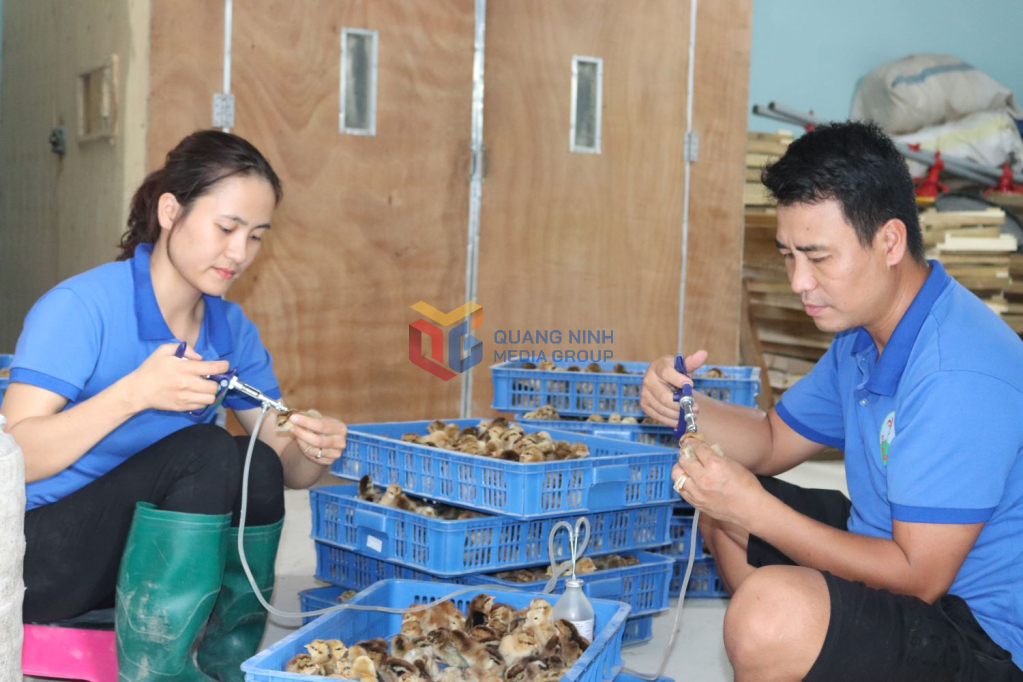
In the national criteria for building new rural areas, criterion No. 13 on the form of production organization is closely related to other criteria. Therefore, the form of production is the decisive factor for sustainable development in building new rural areas, because the form of production directly affects the increase of income for farmers. Right from the beginning of implementing the program to build new rural areas, the establishment of cooperatives has been given special attention and determined by localities, the collective economy and cooperatives are always closely linked to agriculture, farmers, rural areas and are the foundation and core force in sustainable socio-economic development.
In order to enhance the role of cooperatives in building new rural areas, localities have promoted the dissemination of the Law on Cooperatives, agricultural development programs, and new rural construction for cadres and members to raise awareness of new-style cooperatives, clearly see the role and tasks in implementing the new rural construction program in the locality. On the other hand, replicate cooperative models that effectively implement the new rural construction program; mobilize, support, and encourage the establishment of cooperatives and cooperative unions in accordance with the Law; encourage cooperatives to expand and improve the quality of business service activities, especially output services.
Hai Son, a mountainous commune of Mong Cai City, has a population of nearly 90% of ethnic minorities. With the attention of the Party and the State, after nearly 15 years of implementing the national target program on new rural construction, Hai Son farmers, with their diligence in production and overcoming difficulties, have created a remarkable improvement in the border area of the Fatherland. However, in economic development, people still face difficulties, many agricultural economic models of households are still small, while if the Party Committee and the Hai Son Commune Government mobilize and select households that meet the conditions to establish cooperatives together, many agricultural products suitable to the farming conditions of the people can be created through cooperative linkages to build brands, consume products and increase value to become commodity products.
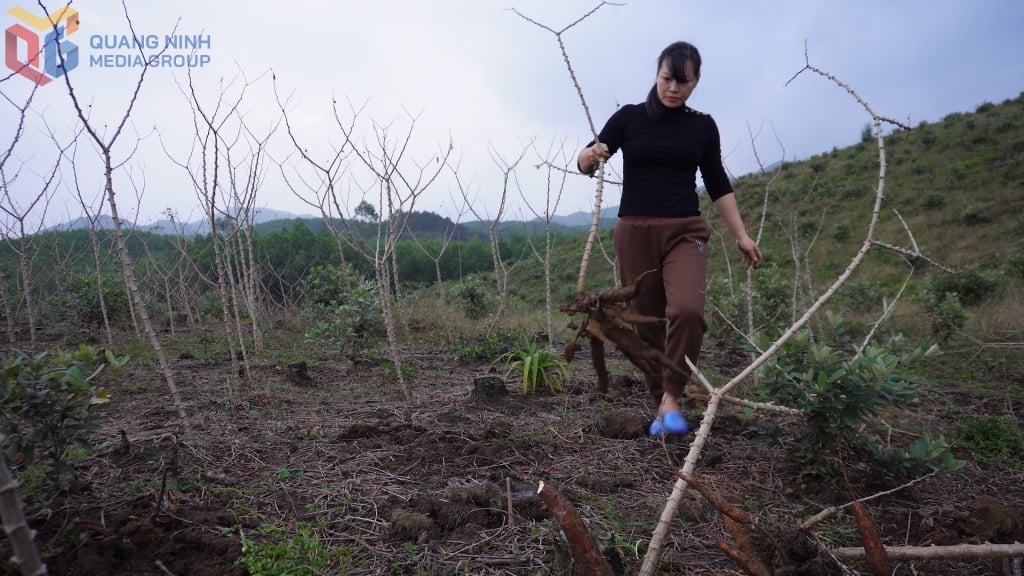
To change the way farmers think and work, apply scientific and technical advances, improve production efficiency, effectively implement joint ventures and associations, and ensure stable output for agricultural products. Based on the practical conditions of the locality, from 2023, a model of association between households and households in growing yellow cassava in the commune was established.
At the same time, the commune's participation has multiplied the people's trust, many households who previously abandoned their fields have now not only renovated the previously abandoned hills to grow cassava. And according to the commune's policy, people are encouraged to develop a model of growing cassava in a certain area, avoiding spontaneous people and continuing to improve product quality and food safety. Up to now, after more than 2 years of implementing the linkage model in the form of cooperative groups, about 5 hectares have been planted. Currently, Hai Son is mobilizing and selecting households in the linkage group to establish cooperatives and develop cassava products to participate in the program of one product per commune and ward.
In practice of building new rural areas, the collective economy with the core being cooperatives, if developed in the right direction, will be a fundamental factor and driving force contributing to creating a foundation to promote the process of building new rural areas and that shows that, in recent years, with the requirement of restructuring agricultural production, the cooperative economy has had a new development step in quantity, operational efficiency has been improved with all types of services promoting production - business development in rural areas. Up to now, in the whole province, there are 1,087 cooperatives, ranking 3rd in the country in terms of the number of cooperatives, of which the agricultural sector has 768 cooperatives, accounting for 70.65%, 2 cooperative unions; attracting nearly 75,000 members and workers, with a total charter capital of 4,398 billion VND. The contribution of the collective economic sector and cooperatives to the province's GRDP is about 1.2%/year.
Loyal
Source








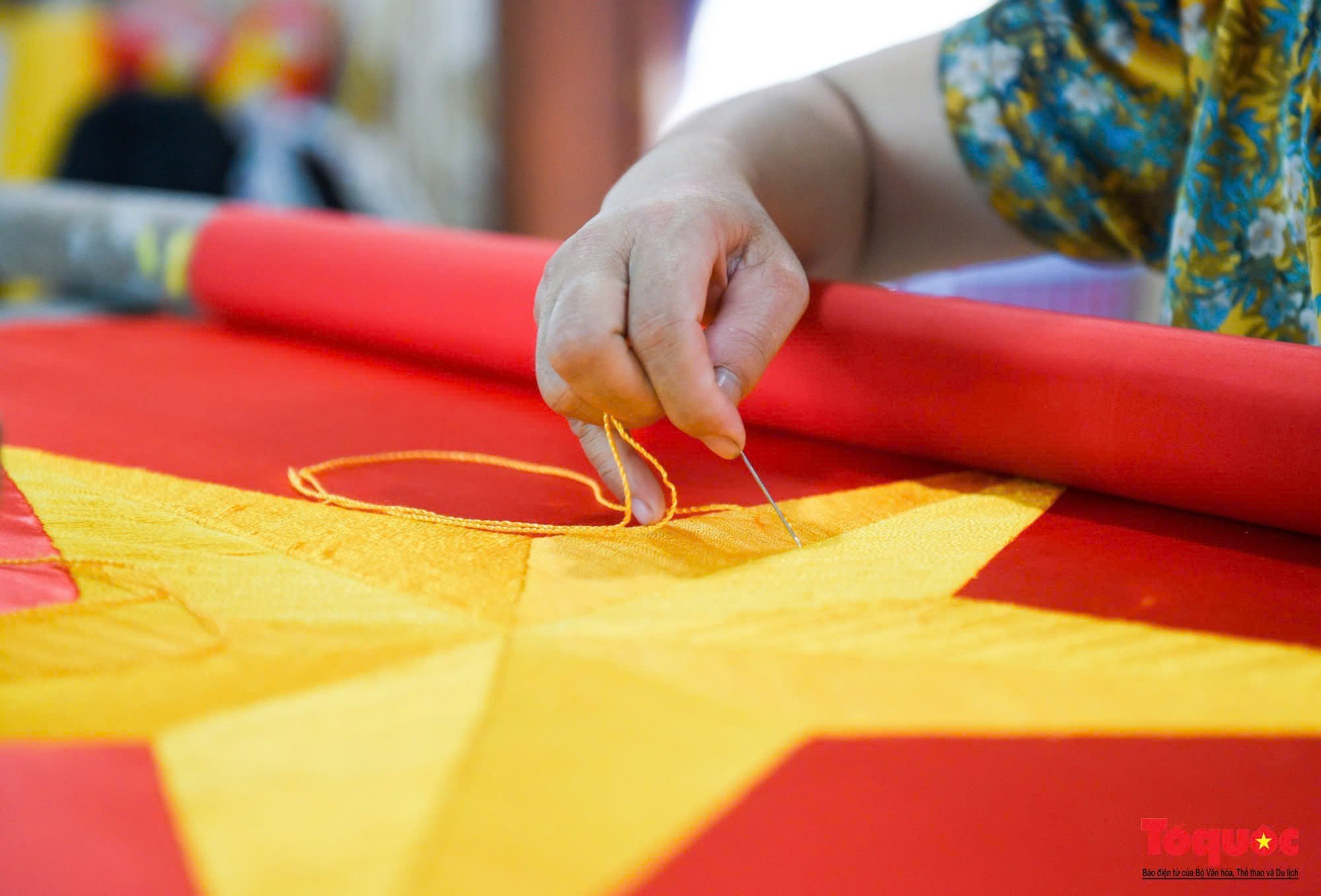
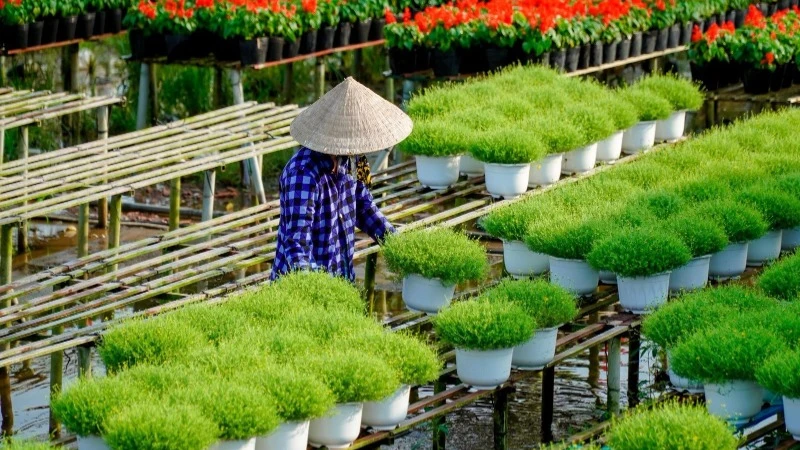

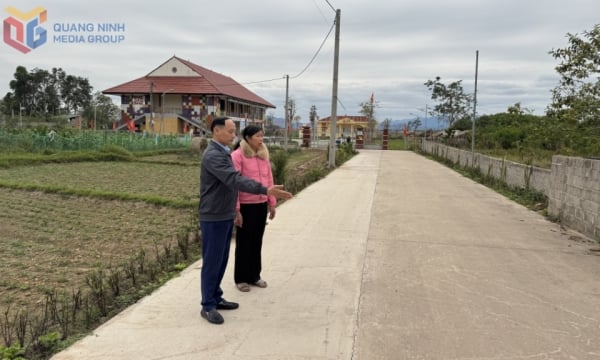
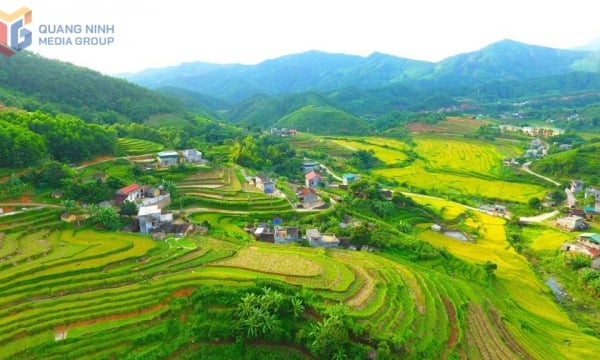
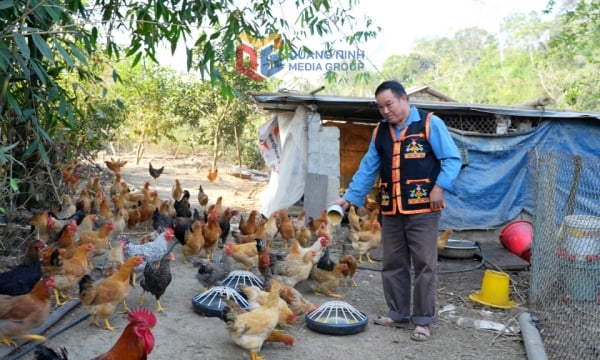
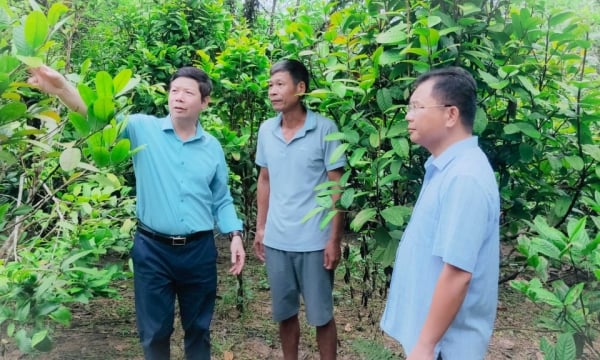



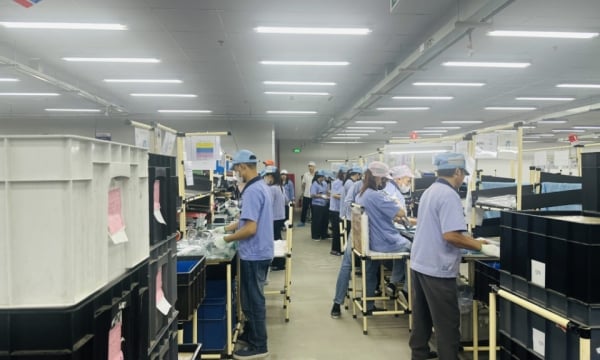
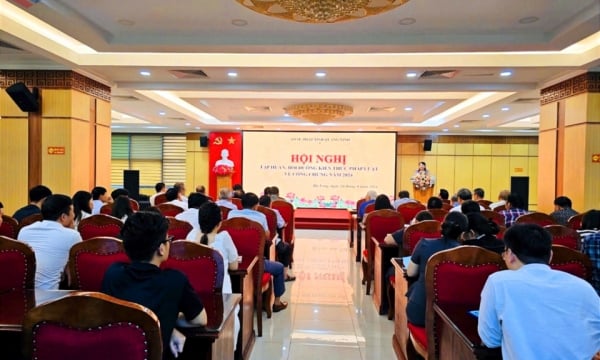

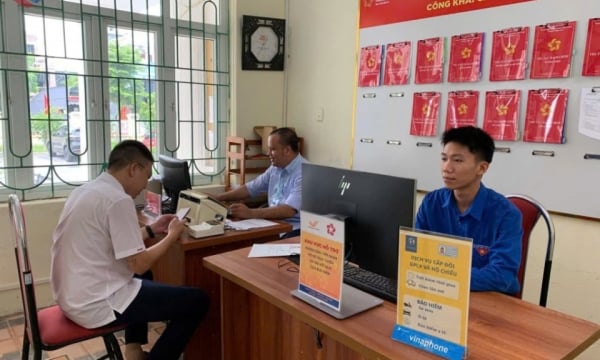




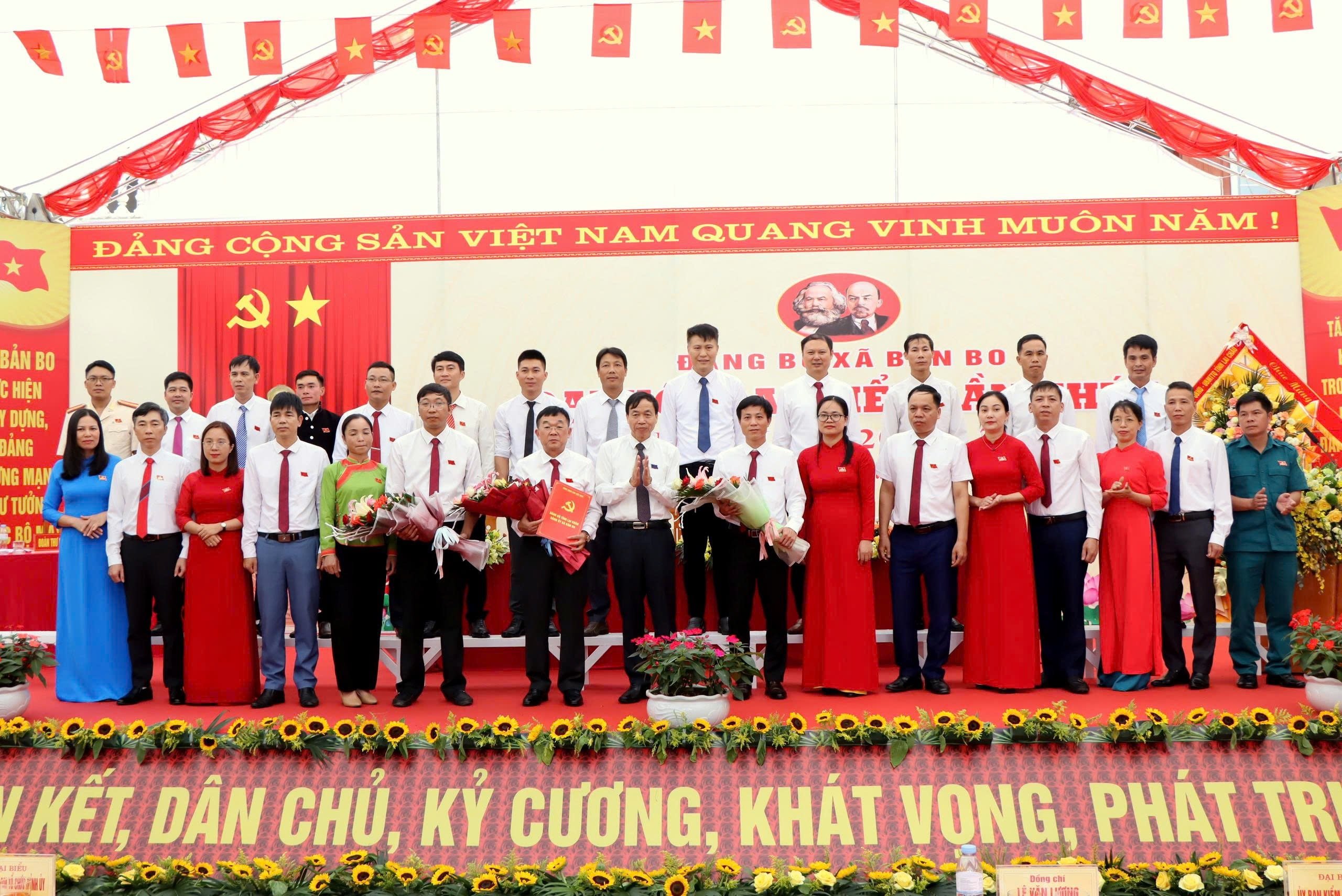
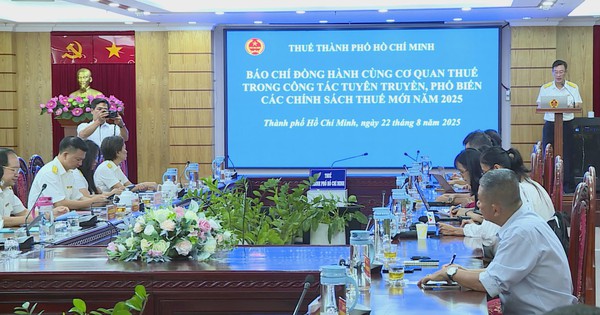
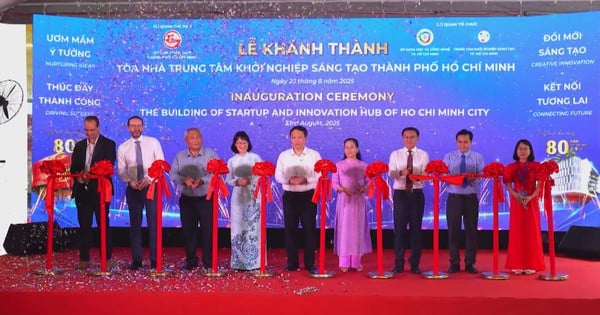


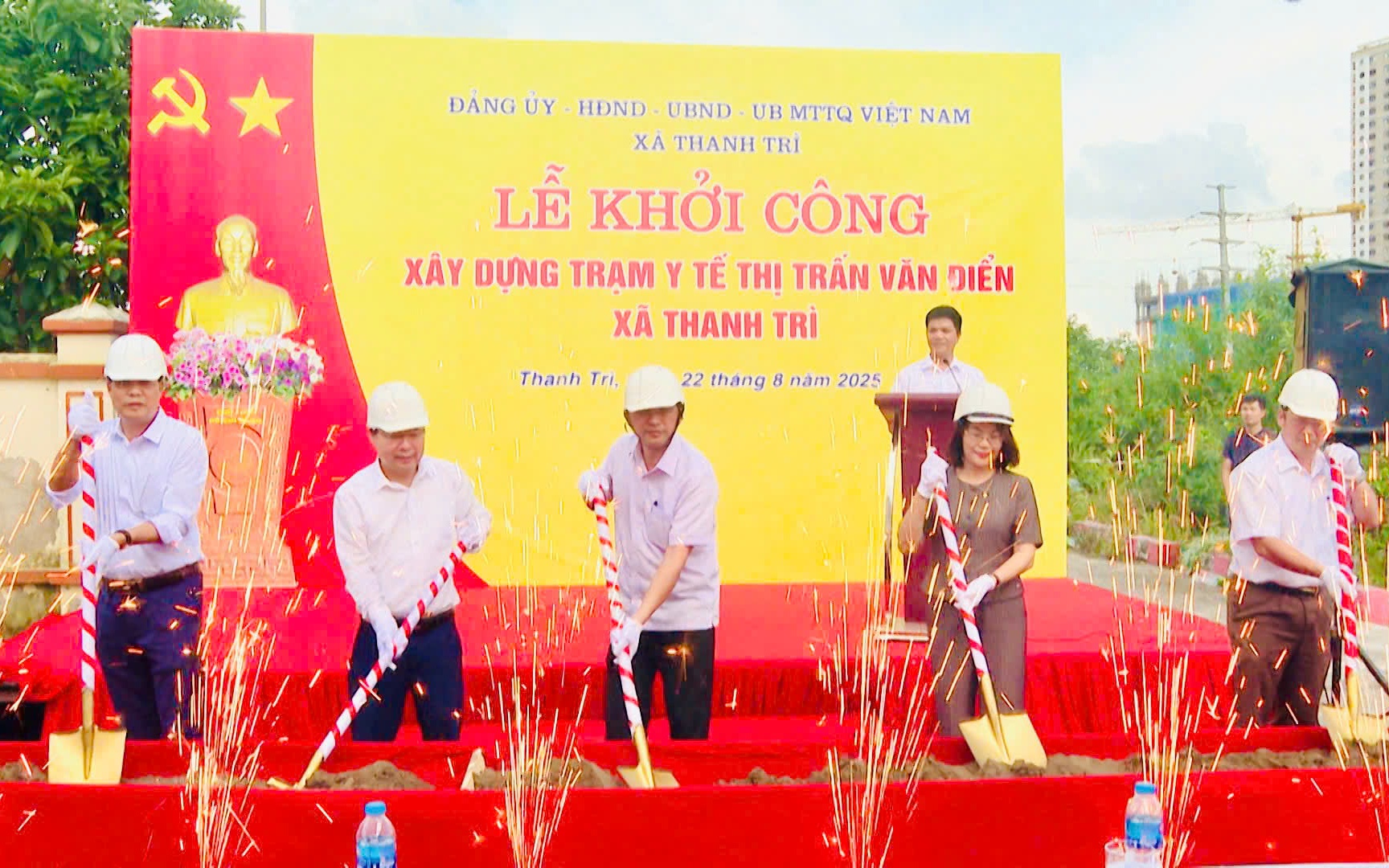
















































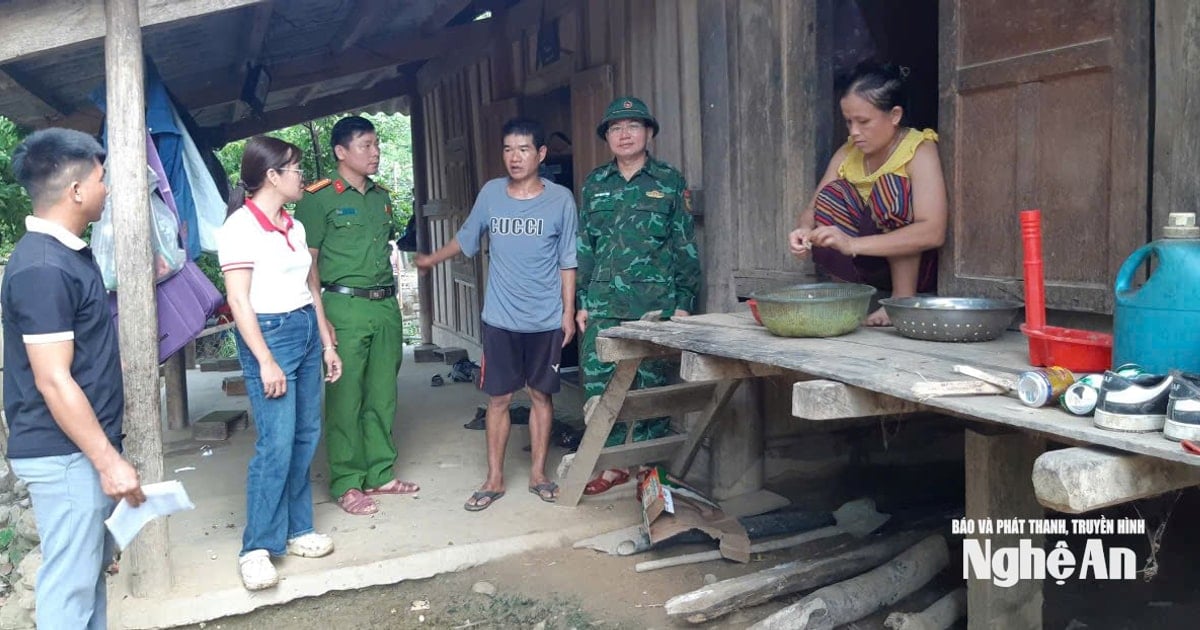



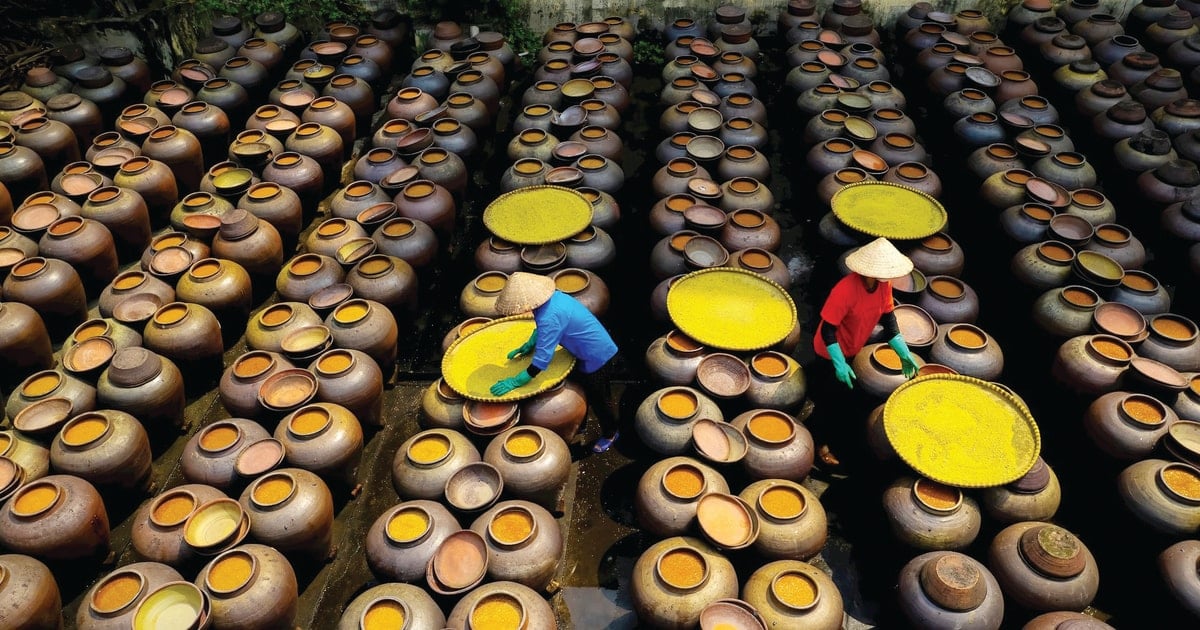

















Comment (0)